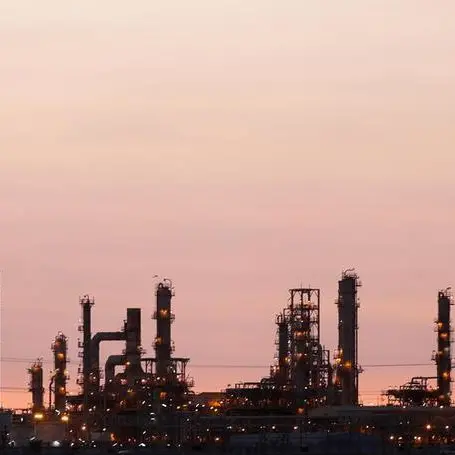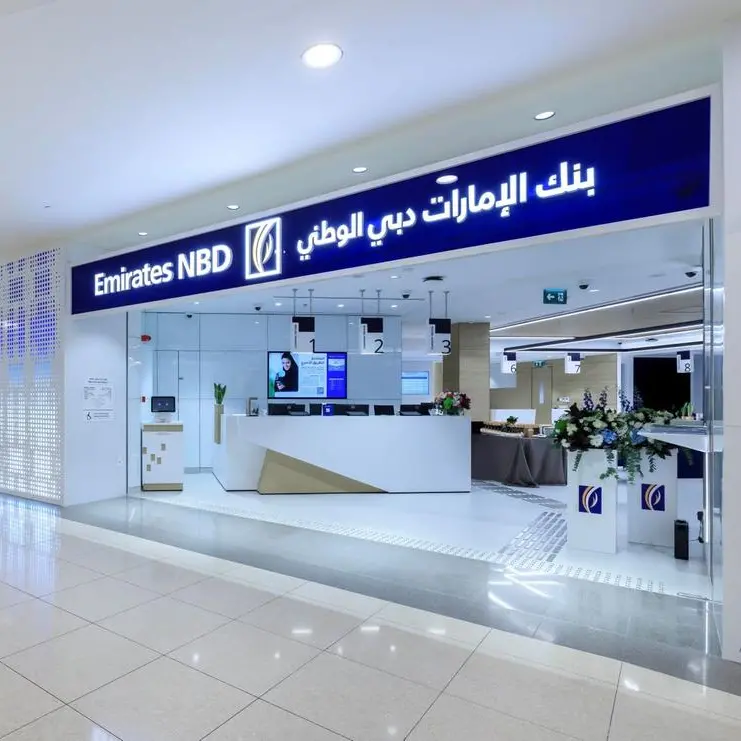PHOTO
UAE - The Sharjah Electricity and Water Authority (Sewa) has completed two water transmission lines project with a capacity of 60 million gallons per day and at a cost of Dh17 million. The transmission lines are from Al Alliah to Al Jubail under the Sharjah Creek.
Dr Rashid Al Leem, Chairman of Sewa, said it is considered to be one of the most important projects carried out by the Sewa to increase capacity of transferring water produced from the water desalination plant to the Jubail area on the other bank of the creek by more than 100 per cent and distributed to all areas of Sharjah, to keep up with the growing urbanisation.
Dr Al Leem added that Sharjah needs more than 110 million gallons of water per day, 50 per cent of which is produced at Al Alliah. The new project is a major step towards enhancing water services to the residents of the emirate in a sustainable manner. The capacity of the new lines will reach 60 million gallons per day. The capacity of the old lines is 50 million gallons.
He said that Sewa has developed a strategy for water sustainability and implemented expansions and ambitious development projects to keep pace with the rapid progress taking place in the emirate.
"The water networks span more than 3,300km. Non-conventional water resources, including desalinated water and reuse of treated wastewater, are being produced through joint efforts of all partners concerned to ensure water quality control, production efficiency and to avoid serious wastage and water pollution. "Sewa is making huge efforts to raise awareness about the importance of optimal use of water and rationalising its consumption," he pointed out.
He stressed that Sewa adheres to the latest international technical specifications in the production and distribution of water. It relies on a digital network, a simulation and modelling programme for network in order to reach the best international standards and specifications. "Sewa is keen to use environment-friendly materials that maintain the quality of water in the implementation of water network lines," Dr Aleem said.
Essam Al Mulla, director of water management at Sewa, explained that the project consists of two main lines measuring 210 metres each in length, including 150 metres under water in the creek, and a diameter of 1,200mm.
The project is divided into two structures on both sides of the creek, including the valve-control rooms connecting new lines with the old ones. The work includes protection and maintenance of the surrounding roads where Sewa used carbon steel pipes for the distribution of freshwater and transport systems.
The second phase is marine work under the creek which includes excavation, installing of lines under water and laying off huge cement blocks.
To secure navigational movement inside the creek, Sewa used high-density polyethylene pipes which are resistant, safe for water transport and comply with international standards.
Copyright © 2019 Khaleej Times. All Rights Reserved. Provided by SyndiGate Media Inc. (Syndigate.info).























